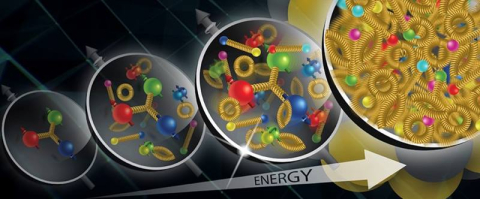
Theorists show gluon fields characterizing gluon saturation can describe a universal pattern of particle emissions—a manifestation of asymptotic symmetry.
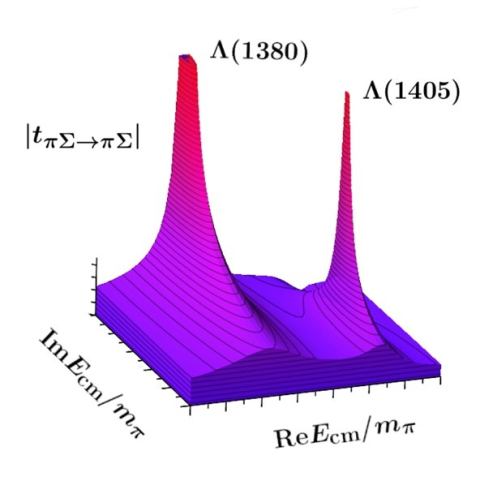
Scientists gain new insights into the nature of the puzzling lambda 1405 hyperon resonance and its controversial partner.
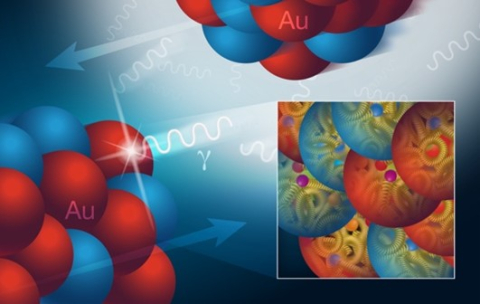
Data show the distribution of gluon “glue” in protons and neutrons changes when they are bound together in nuclei.
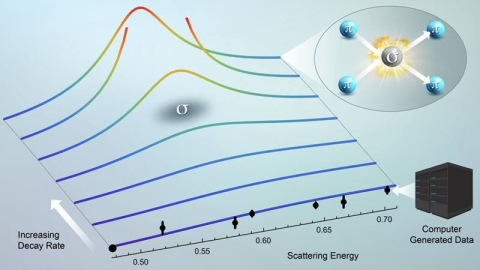
Nuclear physicists extract the sigma meson with unprecedented accuracy
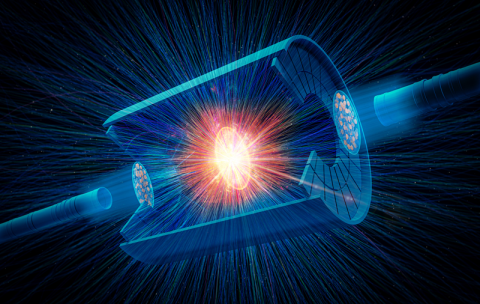
Scientists use high-energy heavy ion collisions in a new way to reveal subtleties of nuclear structure with implications for many areas of physics.
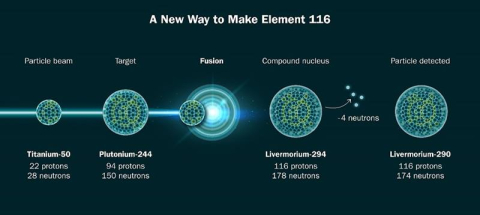
Scientists demonstrated a new way to produce the superheavy element livermorium (element 116) with titanium-50.

Modeling the diffusion of oxygen into accelerator cavities allows scientists to tailor their properties.
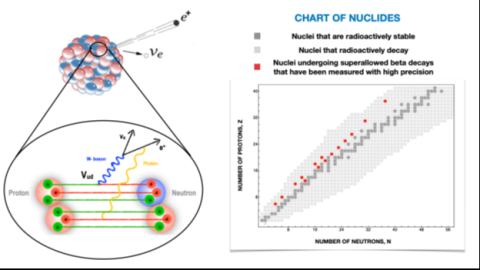
Theorists identify new effects needed to compute the nuclear beta decay rate with a precision of a few parts in ten thousand.
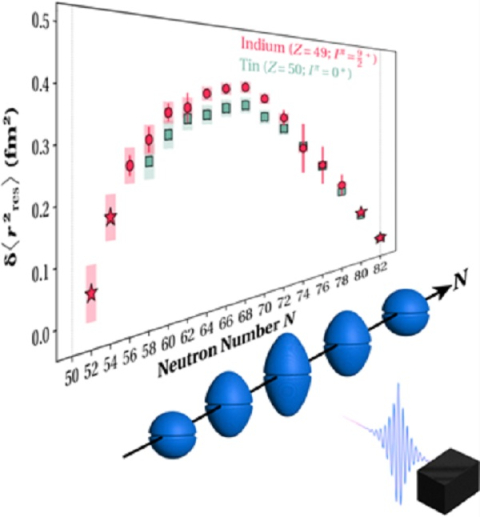
Scientists are closing in on a major cornerstone of nuclear physics, Tin-100.
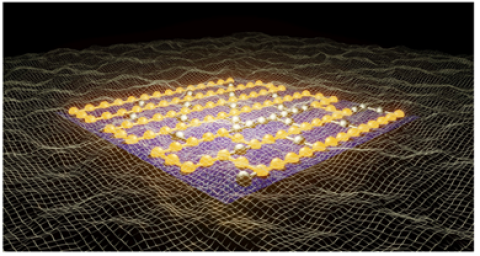
Researchers developed and executed algorithms for preparing the quantum vacuum and hadrons on more than 100 qubits of IBM quantum computers.

